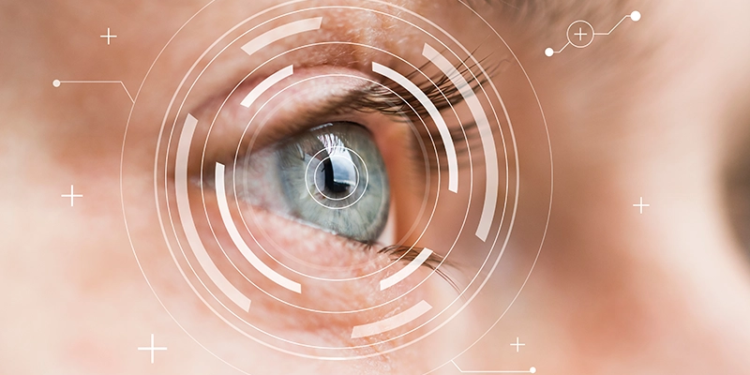A team of engineers at Johns Hopkins University has created an electronic skin that will enable individuals with amputations to perceive the sense of touch and pain through prosthetic fingertips. When layered on top of prosthetic hands, the electronic skin, or e-dermis, brings back a real sense of touch through the fingertips, said Luke Osborn, a graduate student in biomedical engineering who coauthored a paper about the device.

Tactile information from object grasping is transformed into a neuromorphic signal through the prosthesis controller. The neuromorphic signal is used to transcutaneously stimulate peripheral nerves of an amputee to elicit sensory perceptions of touch and pain.
The skin, made of fabric and rubber laced with sensors to mimic nerve endings, senses stimuli and relays the impulses back to the peripheral nerves. “We’ve made a sensor that goes over the fingertips of a prosthetic hand and acts like your own skin would,” Osborn said. “It’s inspired by what is happening in human biology, with receptors for both touch and pain. This is interesting and new because now we can have a prosthetic hand that is already on the market and fit it with an e-dermis that can tell the wearer whether he or she is picking up something that is round or whether it has sharp points.”
The work, published June 20 in the journal Science Robotics, shows it is possible to restore a range of natural, touch-based feelings to people who use prosthetic limbs. The ability to detect pain could be useful, for instance, not only in prosthetic hands but also in lower-limb prostheses, alerting the user to potential damage to the device.
Human skin contains a complex network of receptors that relay a variety of sensations to the brain. This network provided a biological template for the research team, which includes members from the Johns Hopkins departments of biomedical engineering, electrical and computer engineering, and neurology, and from the Singapore Institute of Neurotechnology.
Bringing a more human touch to modern prosthetic designs is critical, especially when it comes to incorporating the ability to feel pain, Osborn said. That is where the e-dermis comes in, conveying information to the person with the amputation by stimulating peripheral nerves in the arm, making the phantom limb come to life. The e-dermis device does this by electrically stimulating the nerves in a noninvasive way, through the skin, according to the paper’s senior author, Nitish Thakor, PhD, a professor of biomedical engineering and director of the Biomedical Instrumentation and Neuroengineering Laboratory at Johns Hopkins.
“For the first time, a prosthesis can provide a range of perceptions, from fine touch to noxious to an amputee, making it more like a human hand,” says Thakor, co-founder of Infinite Biomedical Technologies, the Baltimore-based company that provided the prosthetic hardware used in the study.
The e-dermis was tested for one year on an individual with an amputation who volunteered in the Neuroengineering Laboratory at Johns Hopkins. The subject frequently repeated the testing to demonstrate consistent sensory perceptions via the e-dermis. The team has worked with four other volunteers with amputations in other experiments to provide sensory feedback.
The team created a “neuromorphic model” that mimicked the touch and pain receptors of the human nervous system, allowing the e-dermis to electronically encode sensations just as the receptors in the skin would. Tracking brain activity via EEG, the team determined that the test subject was able to perceive these sensations in his phantom hand.
The researchers then connected the output to the volunteer using transcutaneous electrical nerve stimulation. In a pain-detection task, the team determined that the test subject and the prosthesis were able to experience a natural, reflexive reaction to both pain while touching a pointed object and non-pain when touching a round object.
Editor’s note: This story was adapted from materials provided by Johns Hopkins University.




